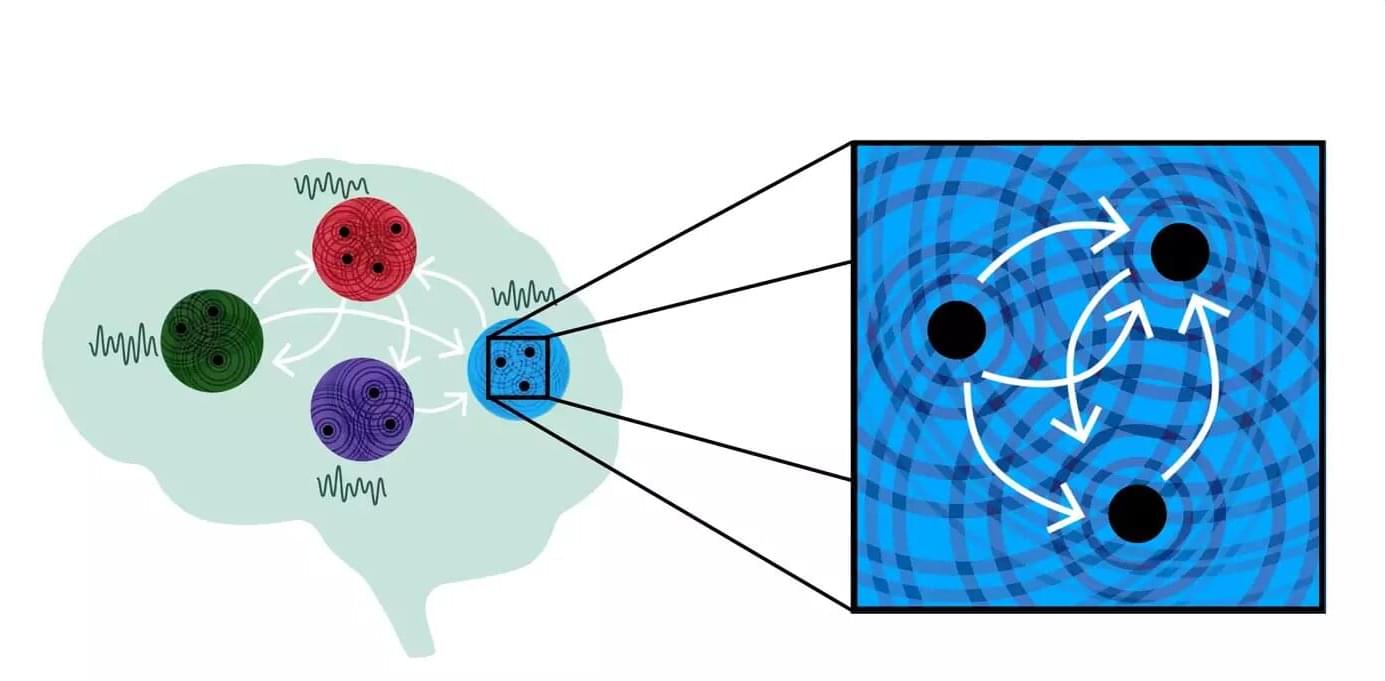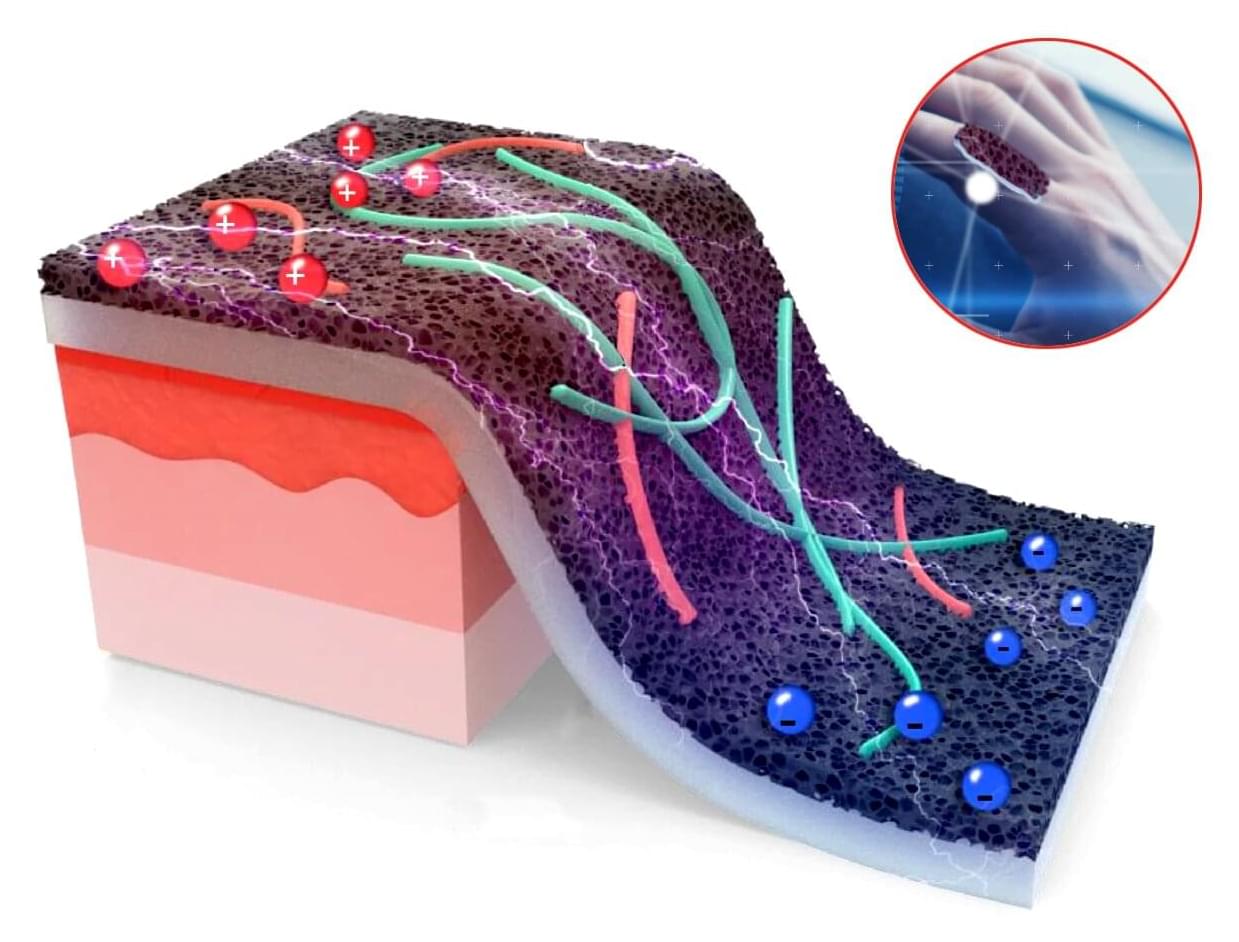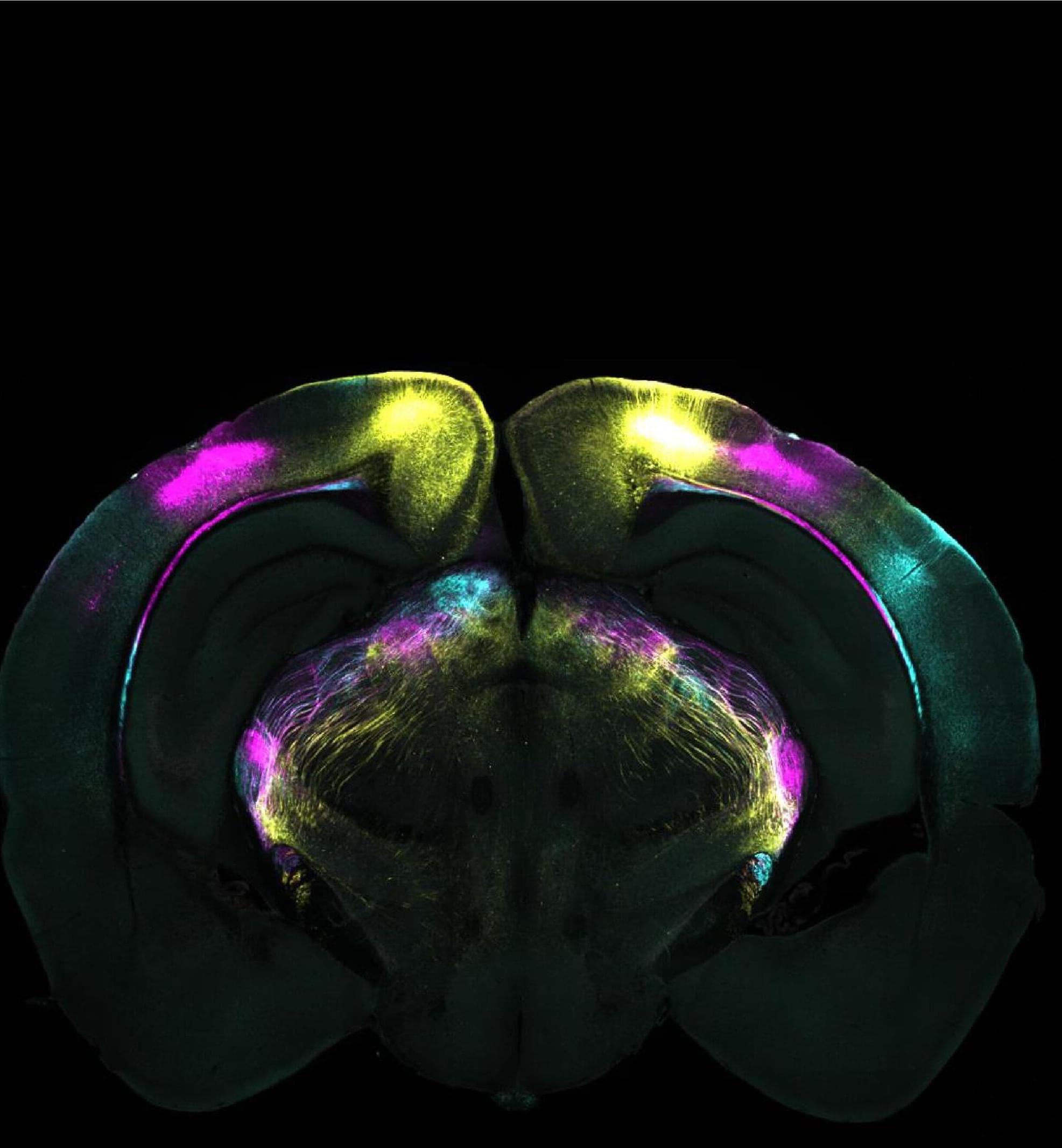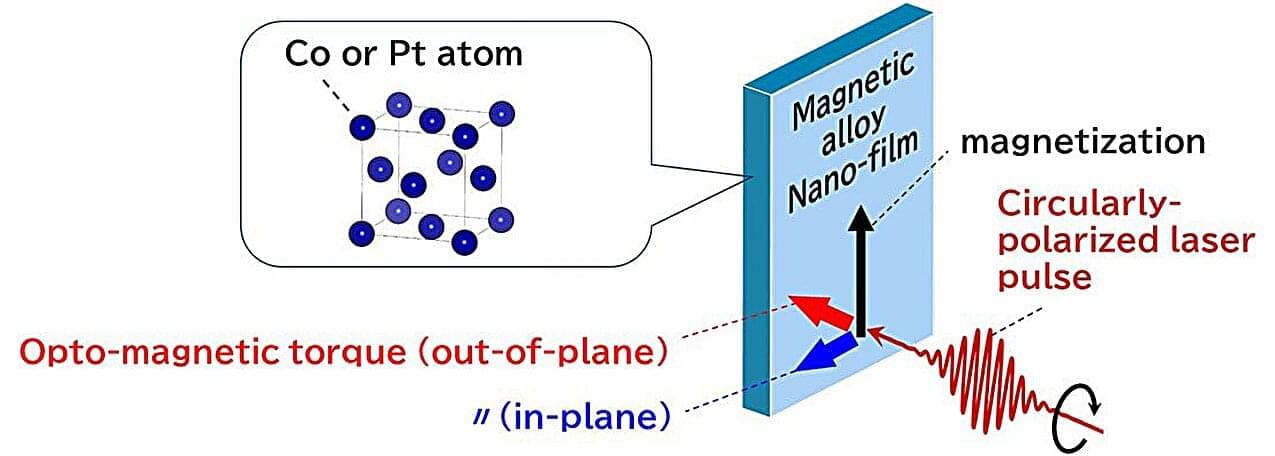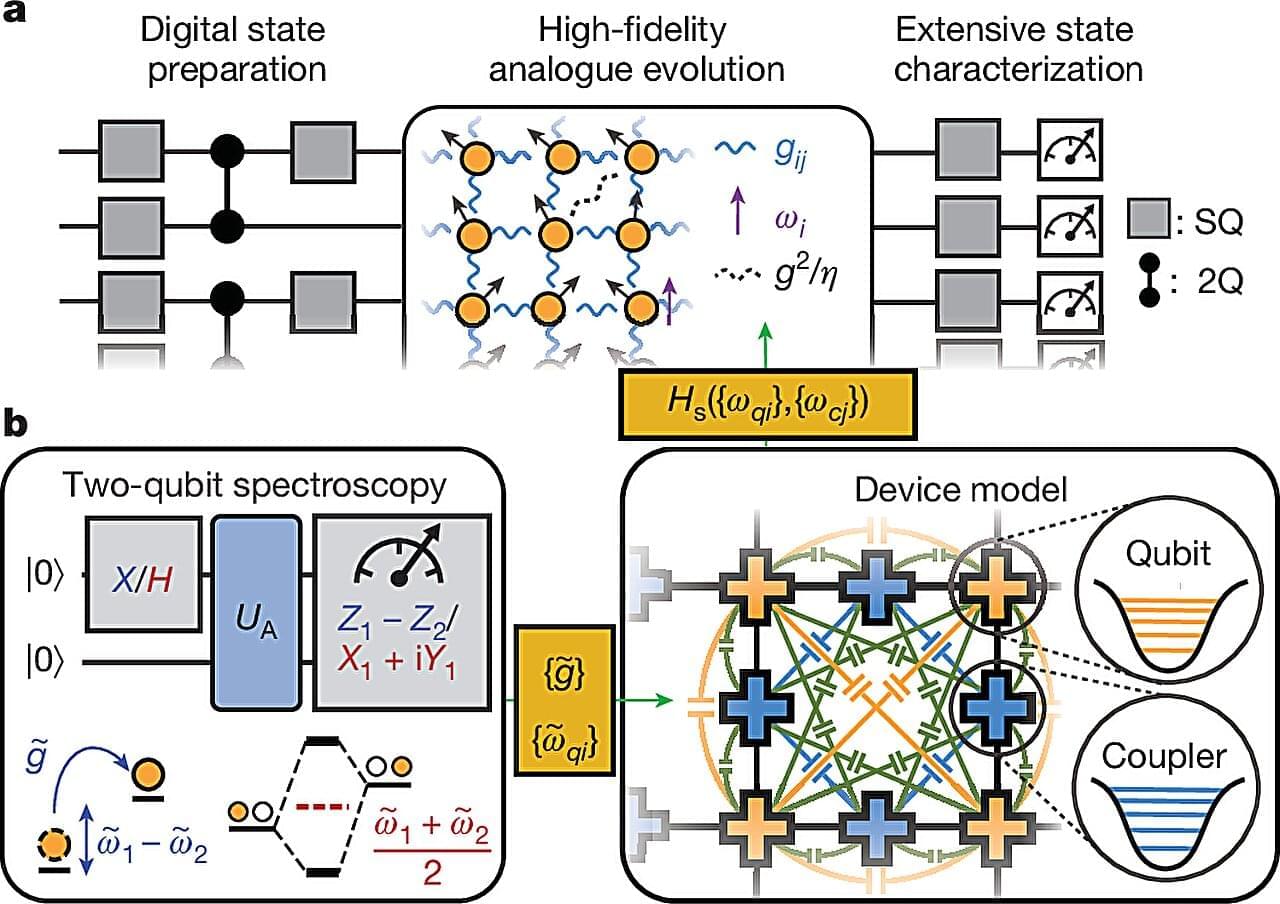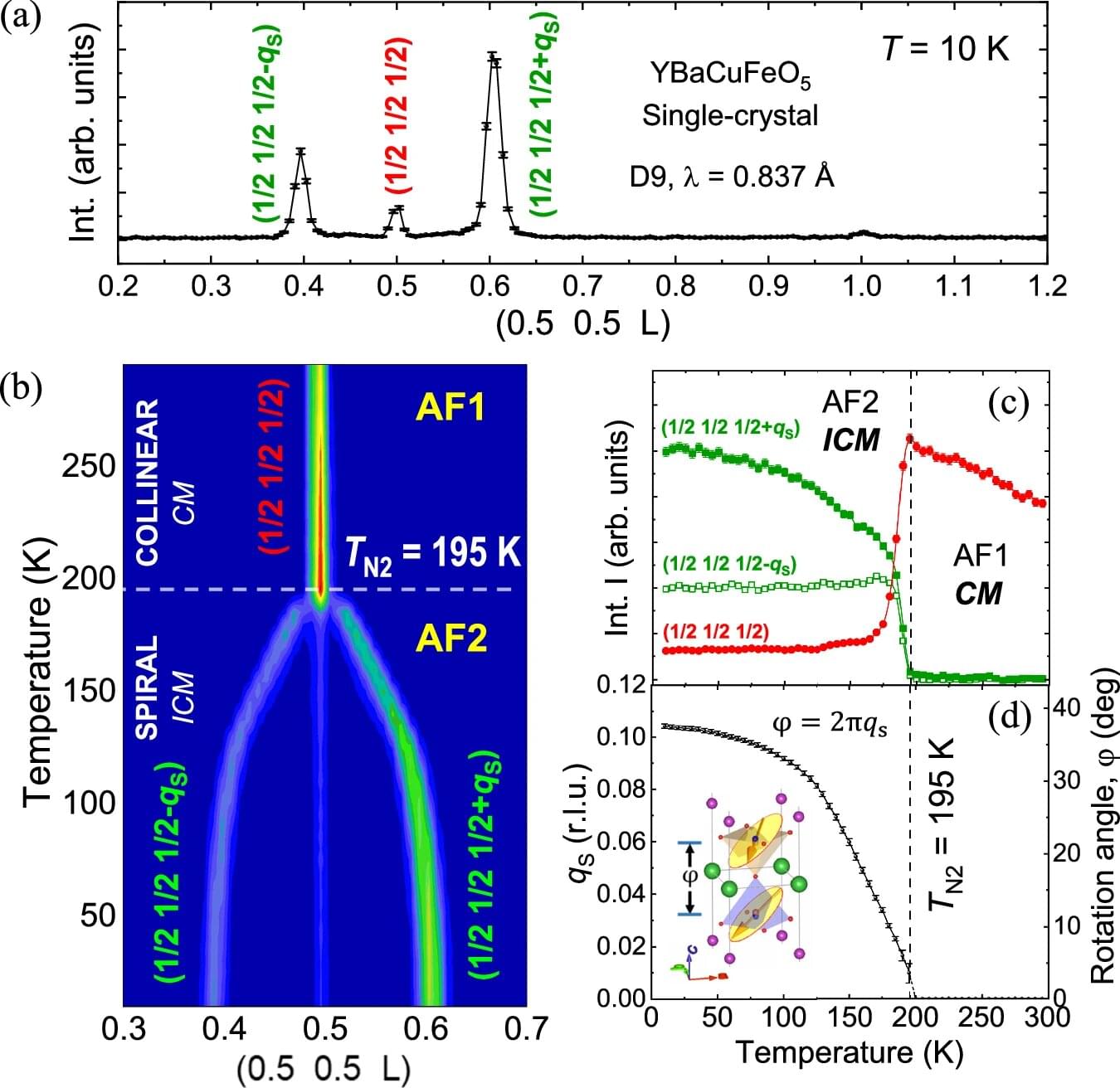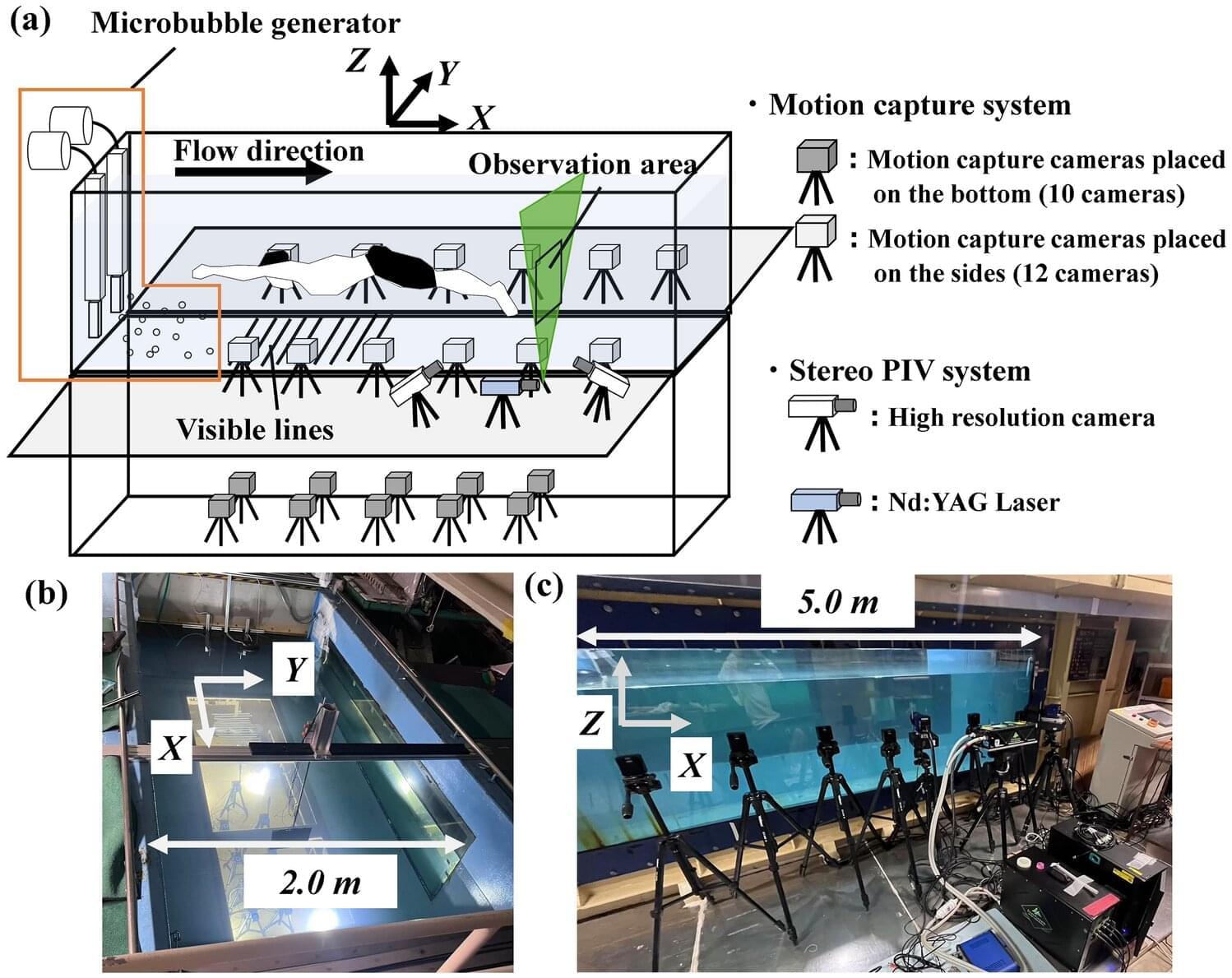Researchers at the Ernst Strüngmann Institute in Frankfurt am Main, Germany, led by Wolf Singer, have made a new discovery in understanding fundamental brain processes. For the first time, the team has provided compelling evidence that the brain’s characteristic rhythmic patterns play a crucial role in information processing. While these oscillatory dynamics have long been observed in the brain, their purpose has remained mostly elusive until now.
The study has the potential to transform our understanding of brain activity. Using computer simulations, the researchers show that recurrent networks with oscillating nodes demonstrate better performance compared to non-oscillating networks and replicate many experimentally observed phenomena.
These findings indicate that oscillatory dynamics are not just an epiphenomenon but are essential for efficient computation in the brain. The work is published in the journal Proceedings of the National Academy of Sciences.
